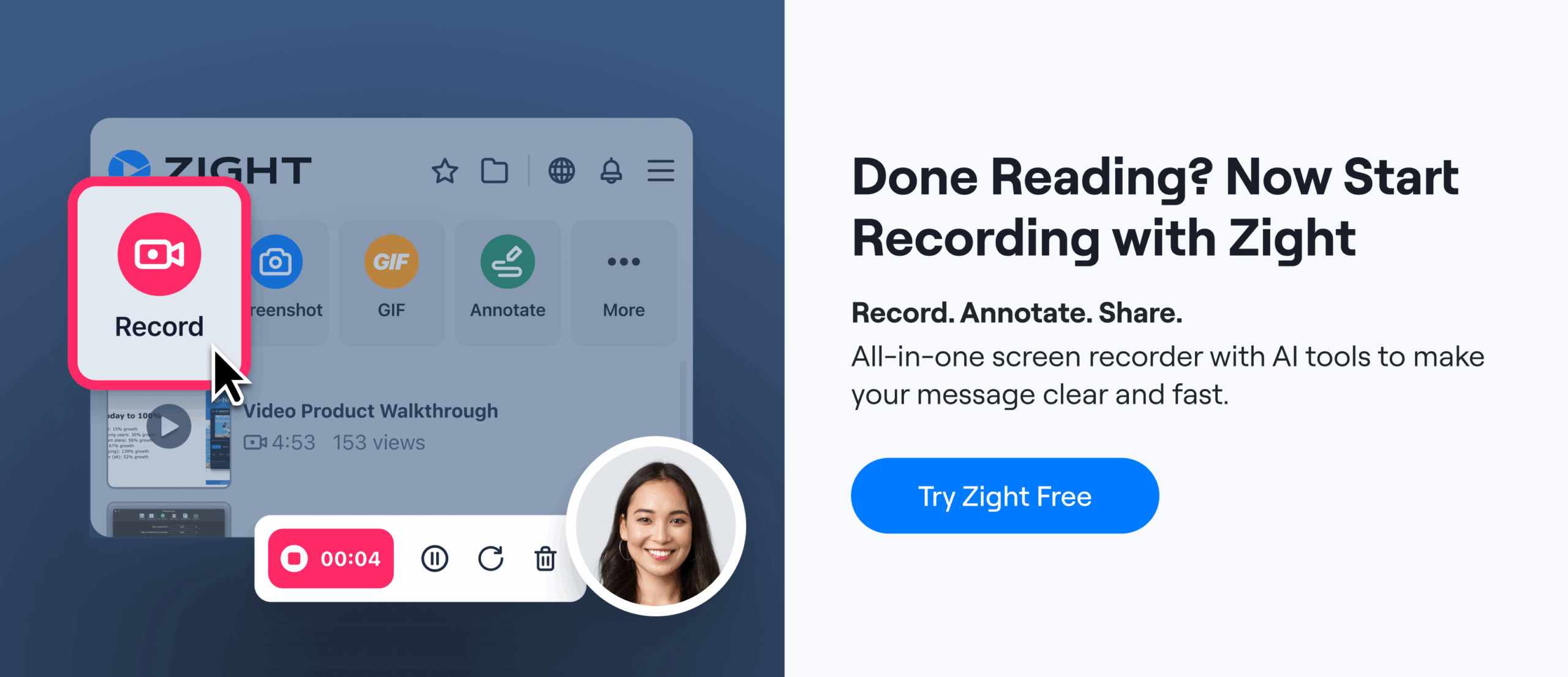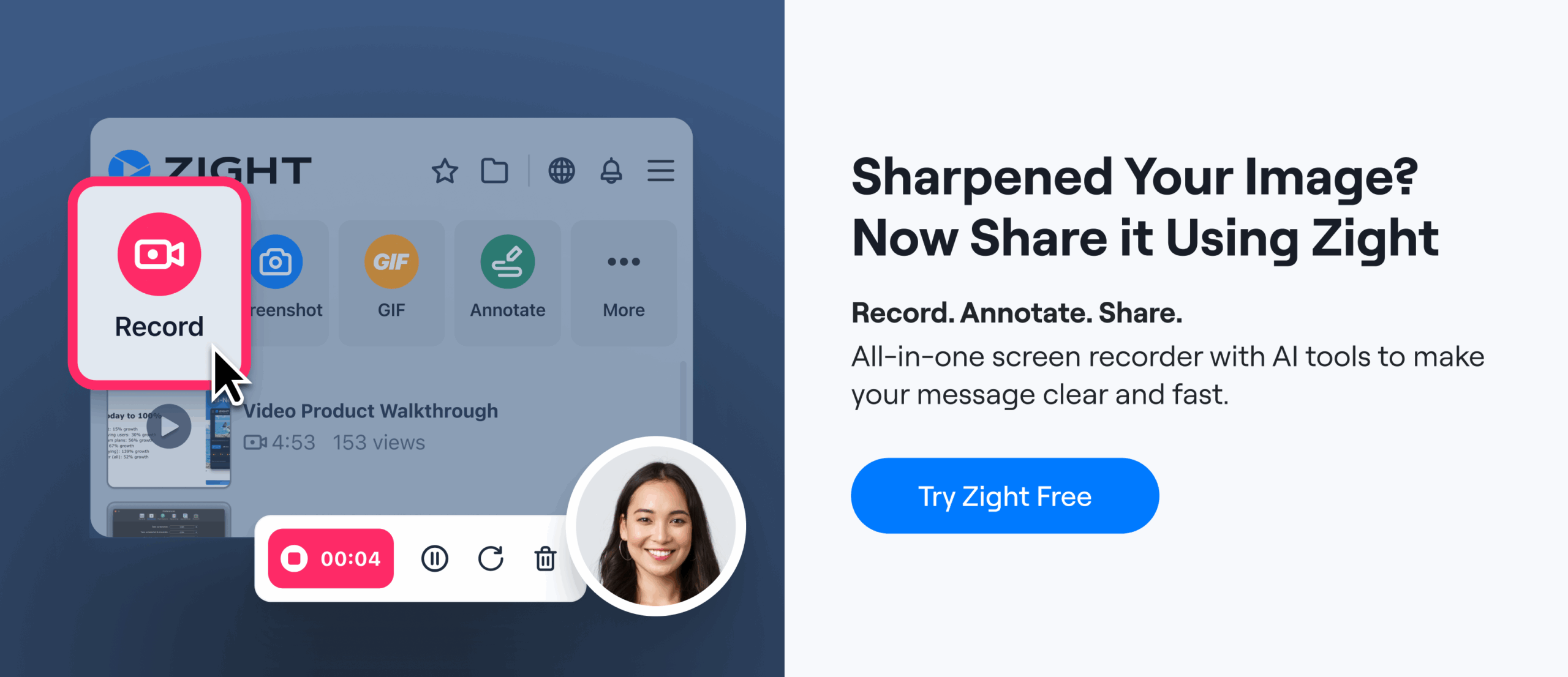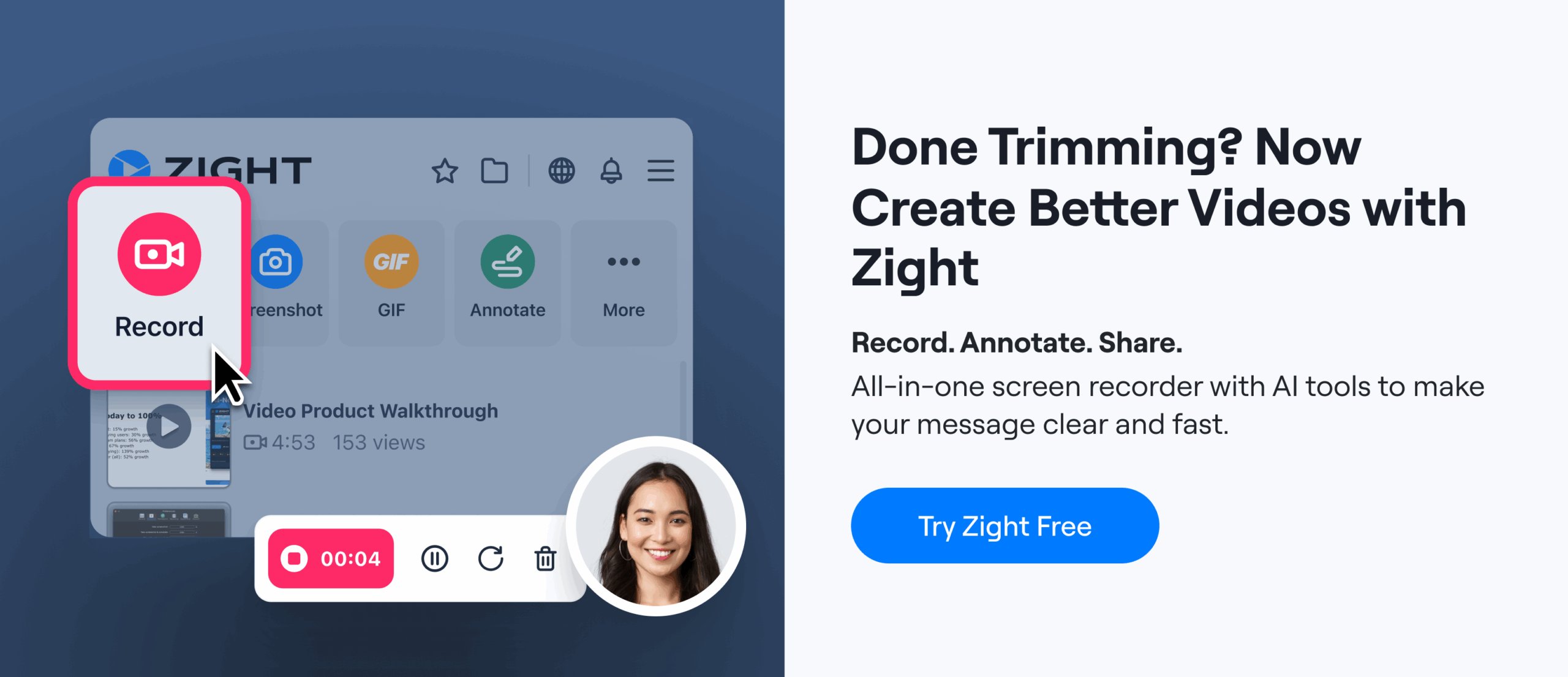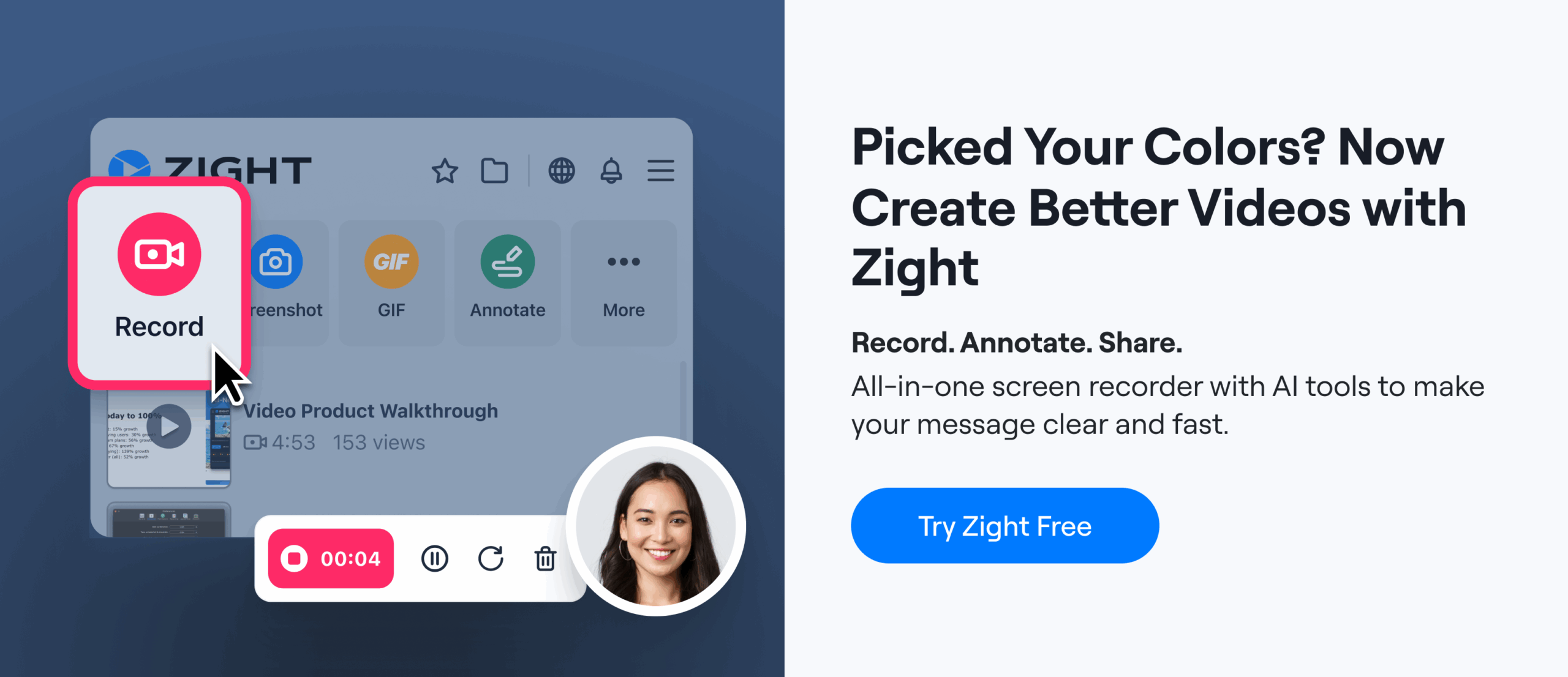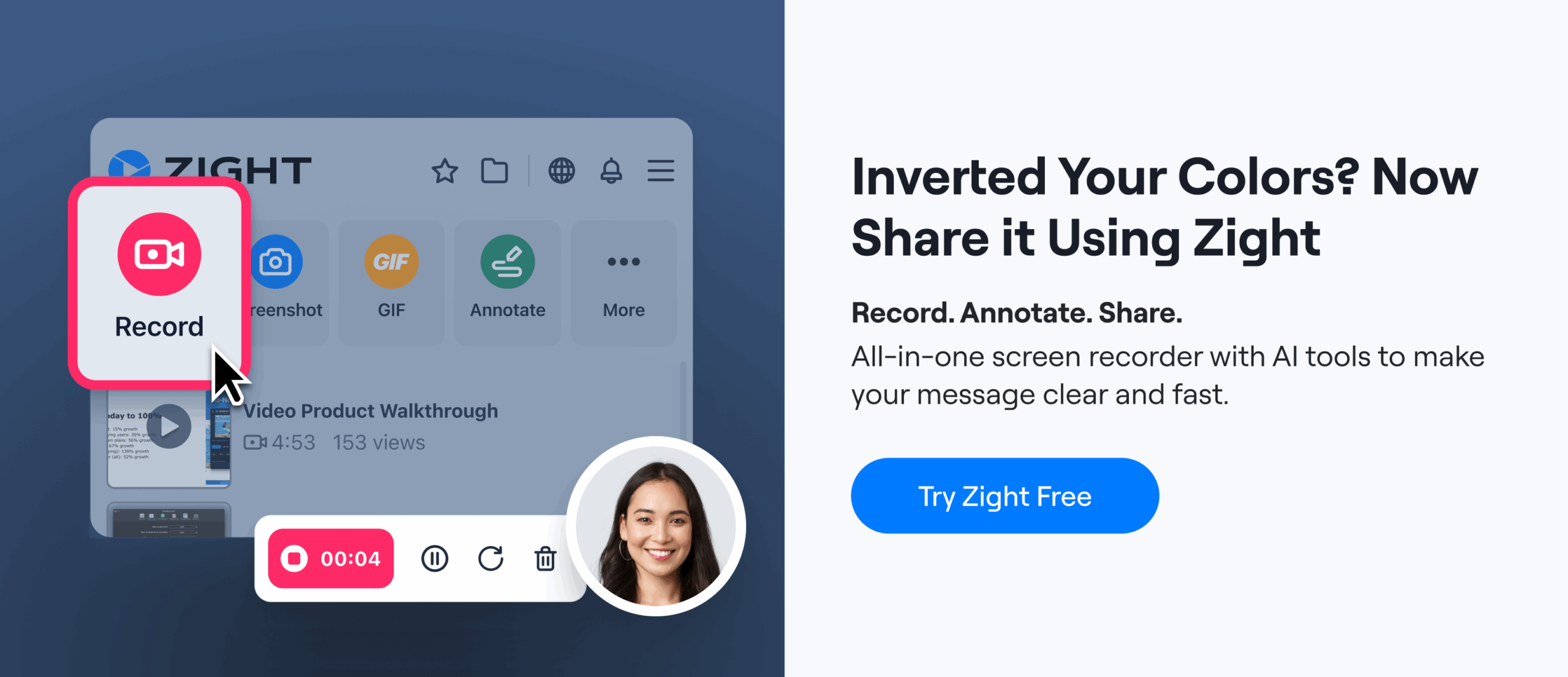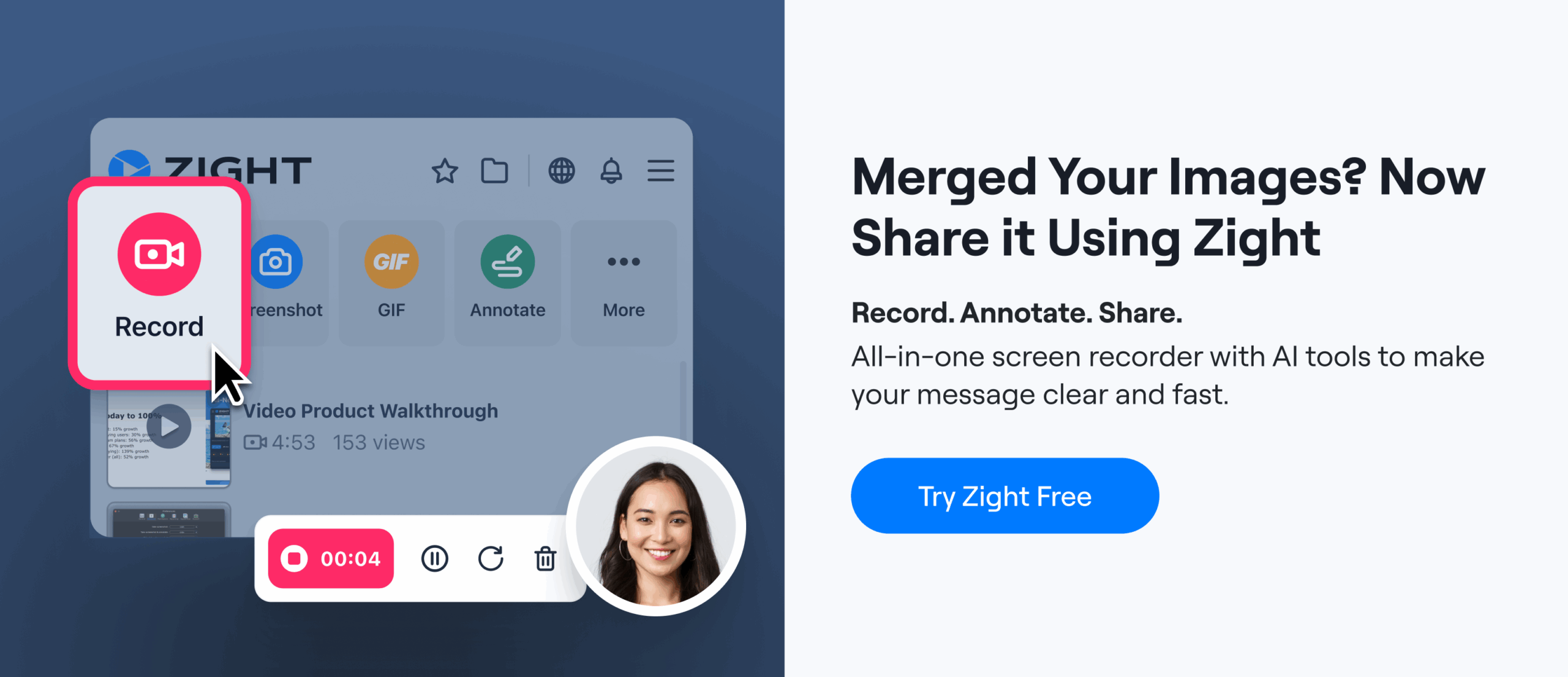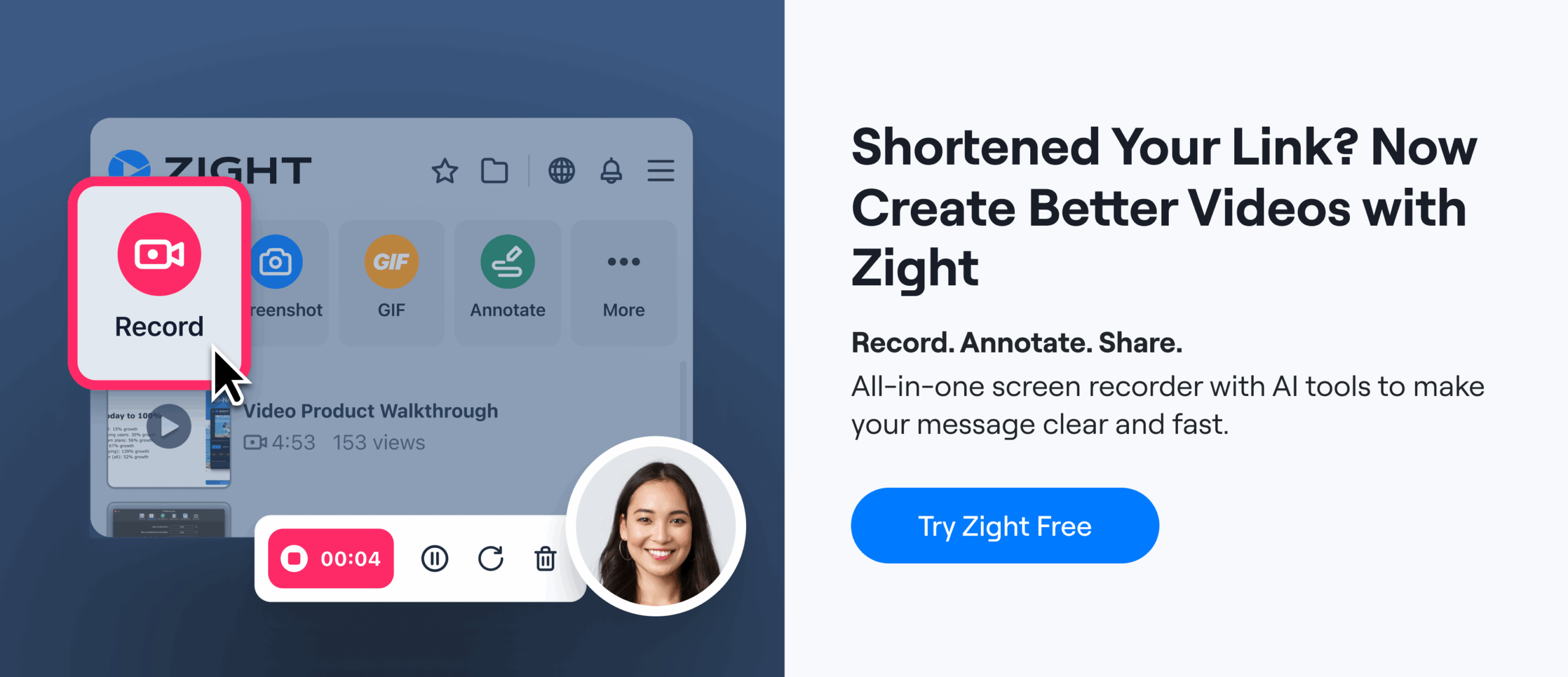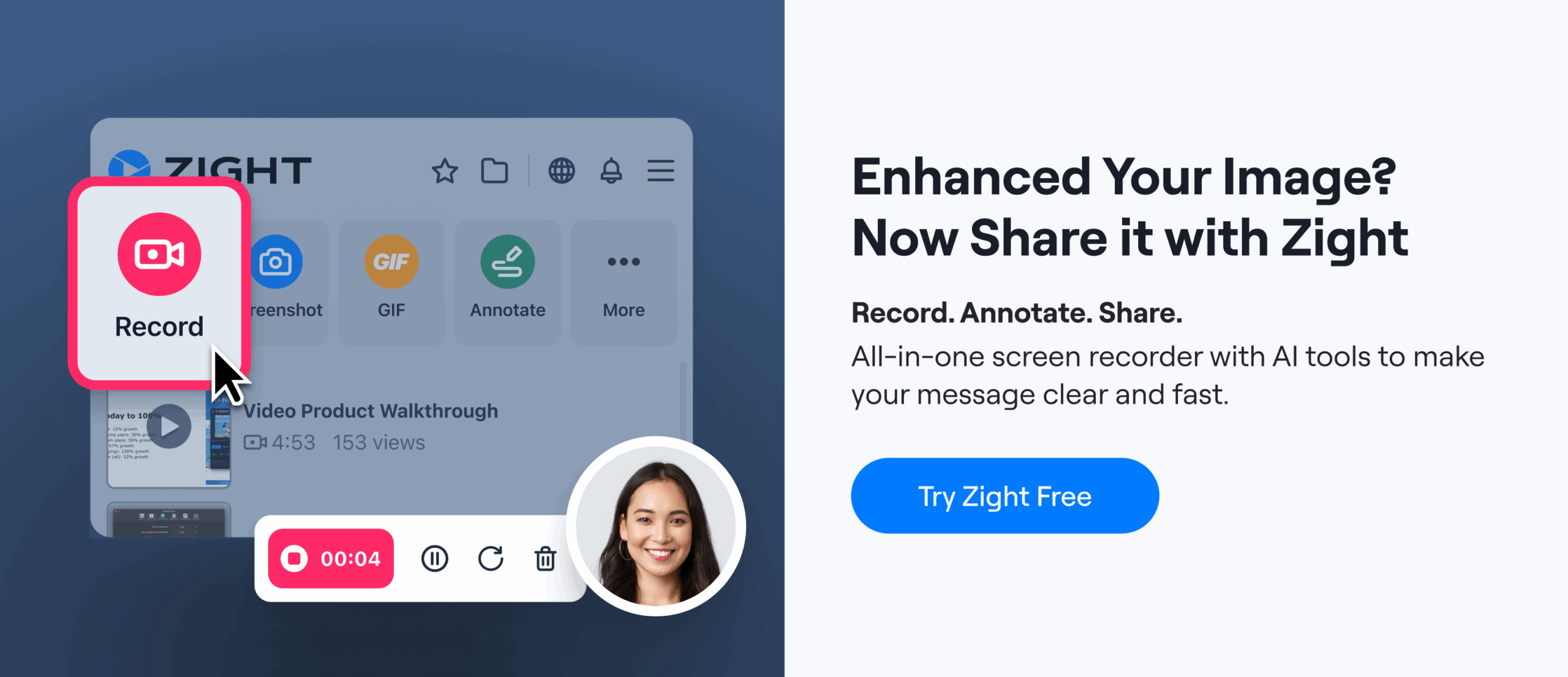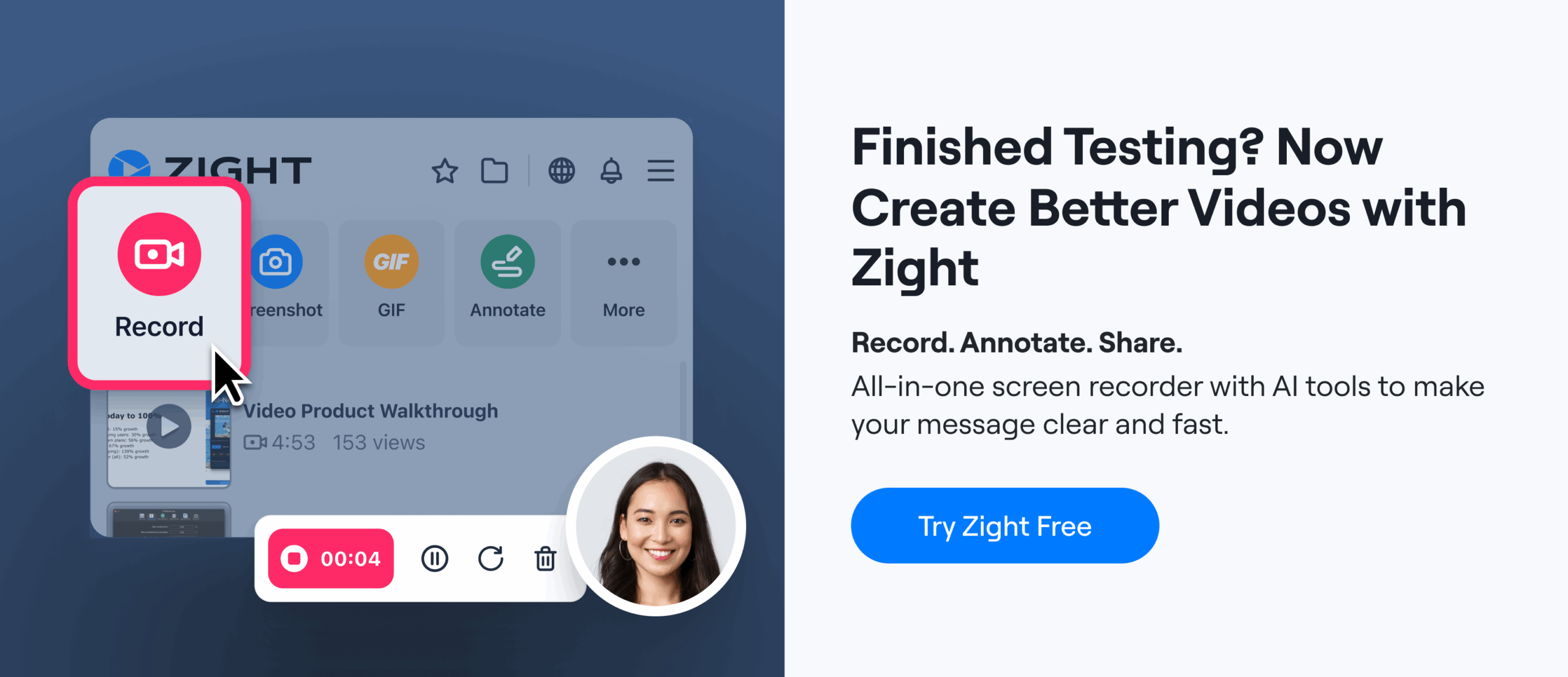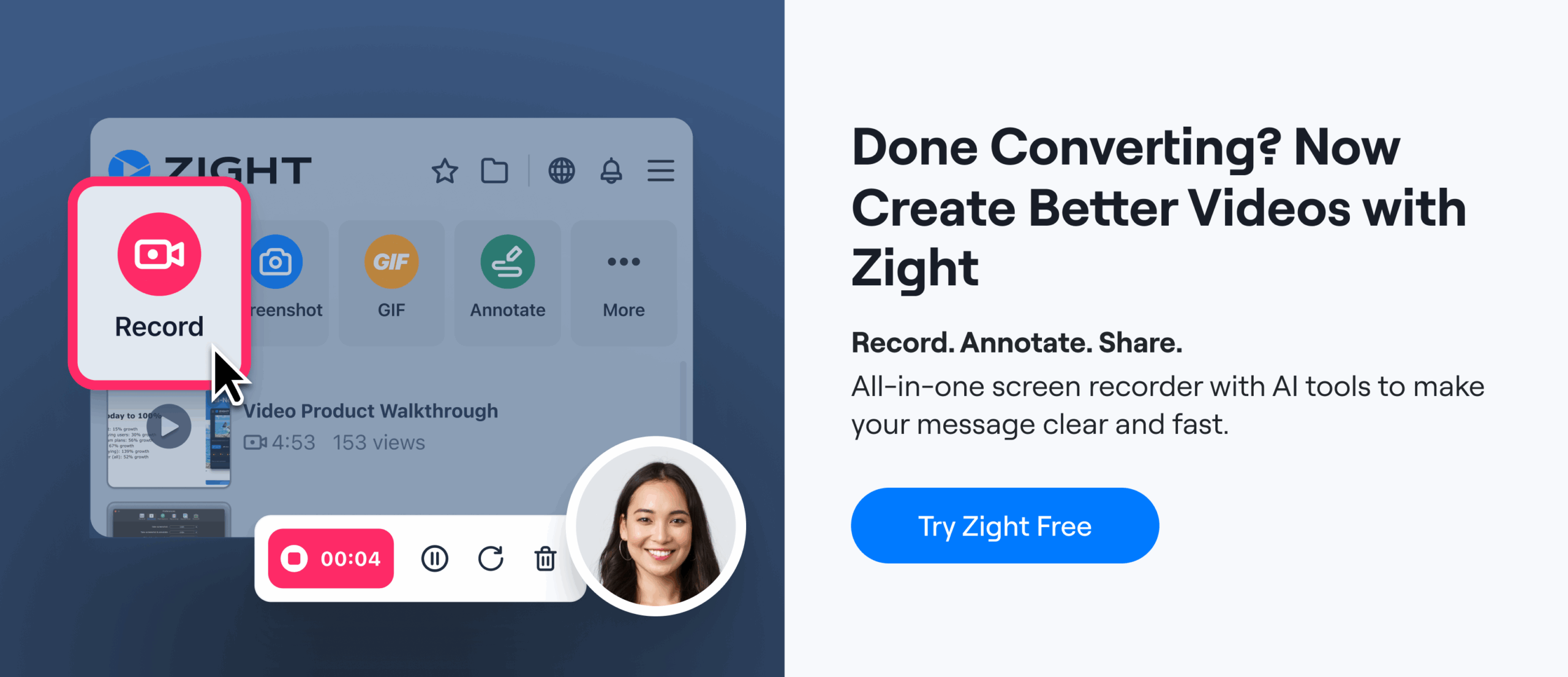You are in a virtual doctor visit with a patient who needs to understand a complex medical condition. You explain the details thoroughly, but you notice the patient’s eyes glazing over.
This is all too common in healthcare, where the gap between professional knowledge and patient understanding can be wide. Visual communication aids in patient education can bridge this gap – they enhance communication and ensure better patient outcomes.
So, you need to pay more attention to your patient education materials, which is why we’ll tell you about the many benefits of using visuals for better health literacy outcomes. Did you know – you only need the best visual communication tools, like a screen recorder app, a screenshot tool, and even a GIF maker?
Lucky for you, Zight offers you most of the features you need to create visuals for health education materials, including a webcam recorder and AI tools. Download the app for Mac or Windows now and start creating better visuals for your patient files!
Here’s why visual aids are absolutely necessary!
Enhancing Patient Understanding with Visual Aids
Visual aids can transform how you communicate with patients in telehealth settings. They include diagrams, videos, infographics, and interactive tools that make complex medical information more digestible.
For example, you can use a visual aid like an anatomical diagram to show where a patient’s condition affects their body – and make a difference in their understanding, consequentially lowering low health literacy.
In virtual doctor visits, you can share these visual aids in real-time to make your explanations clearer and more impactful.
Benefits of Visual Aids in Healthcare

1. Simplifying Complex Information
Medical information is often complex and difficult for patients to understand. But visual aids simplify this information, breaking it down into more manageable and comprehensible pieces.
For instance, a detailed chart or an infographic can turn a complicated treatment plan into a clear, step-by-step process. This simplification is crucial in ensuring that patients fully understand their conditions and the necessary steps for their treatment.
2. Enhancing Memory Retention
Patients are more likely to remember information that is presented visually. Diagrams, charts, and videos help reinforce key points and make it easier for patients to recall important details about their health.
This, in remote healthcare, is very important because patients may need to refer back to the information provided during a telehealth consultation. Tools like Zight allow you to create and share visual content that patients can review at their convenience, thus enhancing memory retention.
3. Reducing Misunderstandings
Clear visual aids can significantly reduce misunderstandings between healthcare professionals and patients. Misunderstandings can lead to incorrect medication use, improper follow-up care, and ultimately poorer health outcomes.
By using visual aids to explain medical conditions and treatment plans, you can ensure that patients understand what is expected of them. This is especially important in telemedicine, where face-to-face interactions are limited.
4. Improving Patient Adherence
Visual aids can significantly improve patient adherence to treatment plans.
When you provide clear, visual instructions on how to take medications, perform exercises, or follow dietary guidelines, you reduce the chances of patients deviating from their prescribed regimens.
Additionally, patients can revisit visual aids whenever they need a reminder, ensuring consistent adherence over time.
5. Reducing Anxiety and Building Trust
Medical information can be intimidating for patients, but visual aids can help you reduce anxiety by breaking down information into understandable segments. As a result, you build trust with your patients as they feel more informed and confident about their care.
Patient Engagement Strategies with Visual Aids

1. Interactive Visuals During Consultations
Using interactive visuals during consultations can greatly enhance patient engagement. For instance, interactive tools such as annotated diagrams and live video demonstrations can make your telehealth consultations more dynamic and engaging.
You can use Zight to create interactive tutorials that patients can follow along with. The hands-on approach encourages patients to take an active role in medication adherence and their overall healthcare.
2. Personalized Educational Content
Creating personalized educational content tailored to individual patient needs can improve engagement and outcomes.
By using patient-specific data and visual aids, you can provide more relevant and understandable information. Personalized videos or infographics that address a patient’s specific condition or treatment plan can make a significant impact.
Zight allows you to create customized content that can be shared during online consultations to ensure the information is both relevant and engaging.
3. Incorporating Technology in Patient Education
Incorporating technology into patient education strategies can further enhance engagement. Utilizing digital platforms to share visual aids and educational content allows patients to access information anytime, anywhere – a convenience that improves engagement and ensures patients have the resources they need to manage their health effectively.
4. Encouraging Patient Feedback
Encouraging patient feedback on the visual aids used during consultations can help refine and improve your educational strategies.
Ask patients what type of visual aids they find most helpful and how these tools can be enhanced. Incorporating their feedback can lead to more effective and engaging educational materials, fostering a better patient-provider relationship.
5. Utilizing Social Media and Online Platforms
Leveraging social media and other online platforms to share visual health education content can reach a broader audience and increase patient engagement.
Short educational videos, infographics, and interactive posts can be shared on platforms like Facebook, Instagram, and YouTube to drive patient engagement outside of formal consultations.
Effective Patient Education Methods

1. Combining Verbal and Visual Explanations
Combining verbal explanations with visual aids can cater to different learning styles and ensure all patients receive and understand the information they need.
Some patients may grasp verbal instructions quickly, while others may find visual representations more helpful. By integrating both methods, you can provide a comprehensive educational experience.
For example, during a telehealth consultation, you can verbally explain a condition while simultaneously showing a relevant diagram or video.
2. Using Digital Health Services
Digital health services offer various tools to enhance patient education. Platforms like Zight provide features for creating and sharing visual content that can be used for health communication.
From annotated screenshots to instructional videos, these tools make it easier to explain complex medical information in a way that patients can understand. When you utilize these services, you’ll ensure your patient education methods are both effective and efficient.
3. Continuous Learning and Improvement
Effective patient education is an ongoing process that requires continuous learning and improvement. Regularly update your patient educational materials and incorporate the latest technology to stay current and provide the best possible care. Gathering feedback from patients about the effectiveness of your visual aids and educational methods can also provide valuable insights.
4. Encouraging Patient Questions
You want to encourage patients to ask questions and express their concerns during consultations for more effective education. By creating an open and welcoming environment, you ensure that patients feel comfortable seeking clarification on aspects they do not understand. Visual aids can facilitate this process by providing a clear reference point for discussions.
5. Providing Follow-Up Resources
Providing patients with follow-up resources such as pamphlets, links to videos, or access to an online patient portal with visual aids ensures that they have the necessary tools to continue learning outside of consultations. These resources will reinforce the information discussed during appointments and support ongoing patient education.
How to Create Effective Patient Education Videos

1. Understanding Your Audience
The first step in creating effective patient education videos is understanding your audience.
Consider your patient’s demographics, medical knowledge level, and specific needs.
Then, tailor your content to be more relevant and engaging to them. For instance, videos for older adults may need to be slower-paced and more straightforward, while those for younger audiences can be more dynamic and detailed.
2. Planning Your Content
Planning is crucial for creating effective educational videos, so you need a video storyboard and script to outline the key points you want to cover and structure your video logically.
Start with an introduction that explains the purpose of the video, followed by the main content, and conclude with a summary or call to action. Ensure that each section flows smoothly into the next, making it easy for patients to follow and understand.
3. Using Clear Visuals and Narration
Clear visuals and narration are essential components of an effective patient education video.
Use high-quality images, diagrams, and animations to illustrate your points. Ensure that your narration is clear, concise, and free of medical jargon.
Speak slowly and use simple language to make the information easy for all patients. Zight can help you create and edit these visuals to ensure they are professional and easy to understand.
4. Keeping Videos Short and Focused
Attention spans can be short, especially when it comes to educational content. So, keep your videos short and focused on one topic at a time.
Aim for videos that are no longer than 5-10 minutes. If you need to cover multiple topics, consider creating a series of shorter videos rather than one long one. This approach makes it easier for patients to digest and retain the information.
5. Incorporating Interactive Elements
Interactive elements can make your educational videos more engaging. Consider adding quizzes, clickable links, or prompts for viewers to take notes. These encourage active participation and reinforce learning.
For example, after explaining a concept, you could include a short quiz to test the patient’s understanding. Interactive videos are more likely to keep patients engaged and help them retain the information better.
The Role of Visual Aids in Modern Healthcare
The importance of visual aids in patient education cannot be overstated. They enhance patient understanding, improve information retention, and promote better engagement and adherence to treatment plans.
In this era of digital health services and telehealth technology, visual aids are invaluable tools for healthcare professionals. Tools like Zight offer a range of features to help you create and share visual content effectively and enhance your telehealth consultations and overall healthcare experience for your patients.



